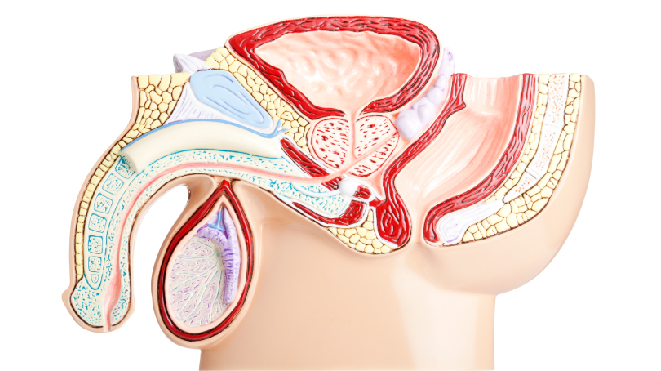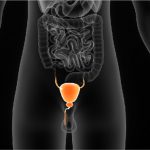Testicular cancer is the cancer in the testicles, the male reproductive organ that makes hormones and sperm. To learn more about testicular cancer, read here
How is testicular cancer staged?
Staging standardizes the process of describing how much the cancer has spread in the body and this is an important step to determine the best course of action for the disease. Most cancers that have tumours are staged using a staging system called TNM system. For staging testicular cancer, this system is slightly modified to account for level of tumour markers.
TNM stands for stands for tumour, node and metastasis and the additional parameter for staging testicular cancer is S, the serum level of tumour marker in blood of the patient and each of these are explained in detail below:
Tumour(T):
The stages are divided based on the size and extent of spread of the cancer in the primary location and the stages are Tis (T0) to T4. The tumour T stage is a pathological stage as it can only be determined post surgery, and for indicating it, a “p” is tagged before T.
pTis: Carcinoma in situ is an early stage testicular cancer, which hasn’t spread and cannot be diagnosed at this stage
pT1 stage: This stage means that the tumour is limited to testis without involving the blood vessels and lymph vessels. It is further divided depending on the tumour size: T1A & T1B
pT2 stage: In this stage, the tumor limited to testis with involvement of blood vessels and lymph vessels OR tumor in the testis with extension to epididymis or external surface covering of the testis with or without involvement of blood or lymph vessels.
pT3 stage: Here, the tumour directly involves spermatic cord with or without involvement of blood or lymph vessels.
pT4 stage: In this stage, the cancer has grown out of the tissues of the testicles to the nearby scrotum with or without lymph or blood vessels.
Node(N):
The node describes whether the cancer has spread to the lymph nodes or not.
N0 stage: Shows that there are no lymph nodes containing cancer.
N1 stage: There is a presence of single or multiple lymph nodes with not more than 2 cms
N2 stage: there is a presence of single or multiple lymph nodes with more than 2 cms in size but not more than 5cms
N3 stage: there is a presence of single or multiple lymph nodes with more than 5 cms in size
Metastasis(M):
This gives information about the cancer spreading to other parts of the body.
M0 stage: The cancer has not spread to other distant parts of the body.
M1 stage: The cancer has spread to other body parts also.This stage is further divided into M1a and M1b, with the M1a depicting that the cancer has spread to the lungs or lymph nodes other than abdominal lymph nodes and M1b depicting that the cancer might have metastasized to other organs other than lungs.
Serum tumour markers(S):
A blood sample is taken and is tested for biomarkers that can be elevated in the presence of a particular type of cancer and this procedure is called tumour marker test. This can be performed before and after treatment to understand the patient’s response to it too in addition to being used as a staging parameter. The markers taken into consideration are:
- Alpha-fetoprotein (AFP)
- Beta human chorionic gonadotropin (beta-hCG)
- Lactate dehydrogenase (LDH)
The stages based on the information from tumour marker levels are:
SX stage: The information about the tumour markers is not available or the tests have not been done.
S0 stage: The tumour marker levels are normal.
S1 stage: Tumour marker levels are above normal.
S2 stage: At least one tumour marker level is substantially above normal.
S3 stage: At least one tumour marker level is highly elevated.
Stages:
Testicular cancer is divided into four main stages based on the staging factors with early stages of testicular cancer being less critical and more treatable than the higher stages, the stages are:
Stage 0:
In stage 0 of testicular cancer, the cancer has not spread beyond the testicles and the tumours are called carcinomas in situ at this stage.
Stage 1:
In stage 1 testicular cancer can be any level of T but has not spread to the lymph nodes or to a distant organ, the staging is (pT1-4, N0, M0,S0). Read about the treatment of stage I testicular cancer here
Stage 2:
The testicular cancer stage 2 has spread to any number of lymph nodes but not to distant organs and the staging is (anyT, N0-N3, M0,SX). Read about the treatment of stage II testicular cancer here.
Stage 3:
In stage 3, the testicular cancer has spread to a distant lymph node or to an organ regardless of the size of the tumour and the staging is (anyTX, anyN, M1, SX). Read about the treatment of stage III testicular cancer here.




